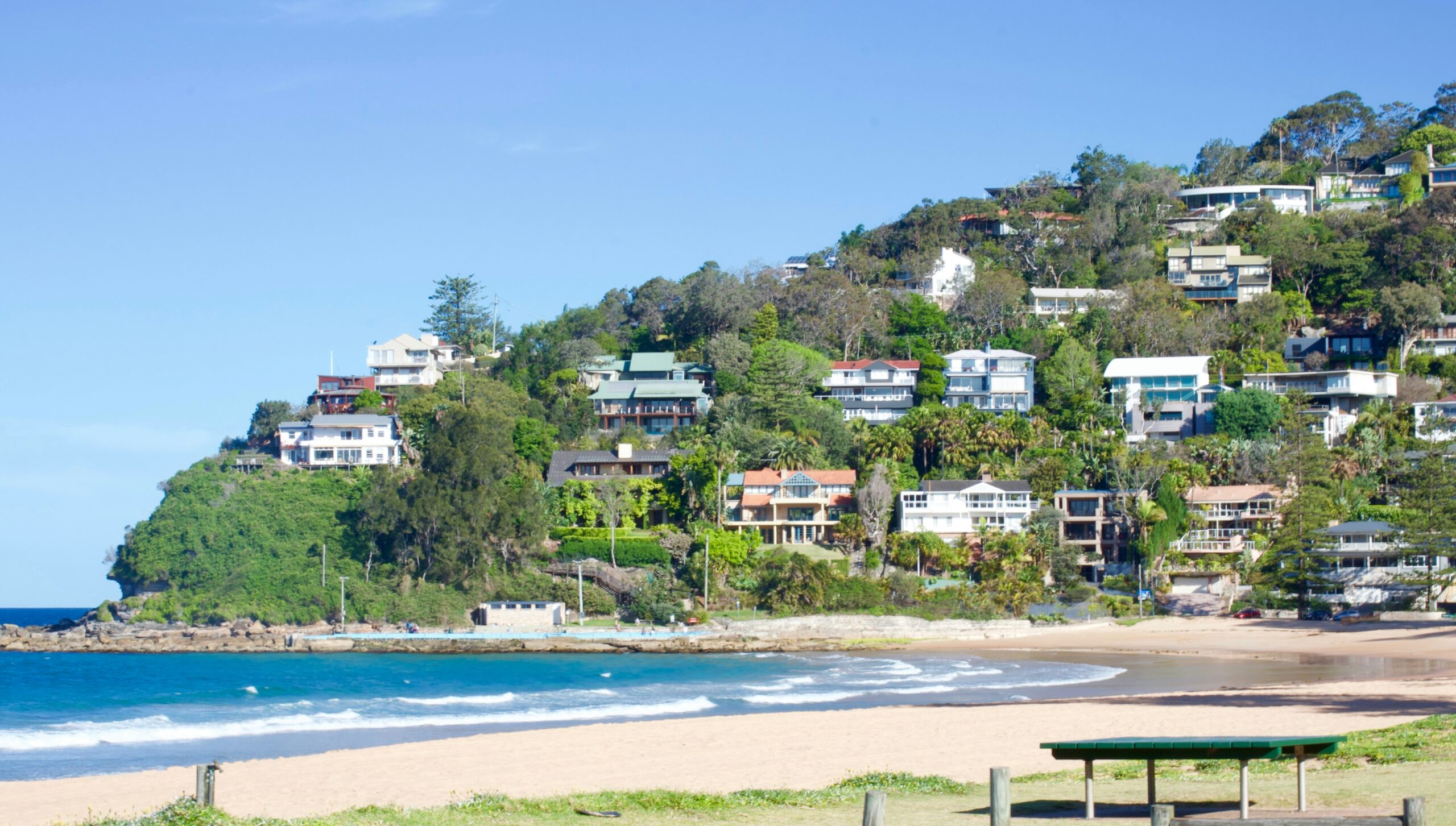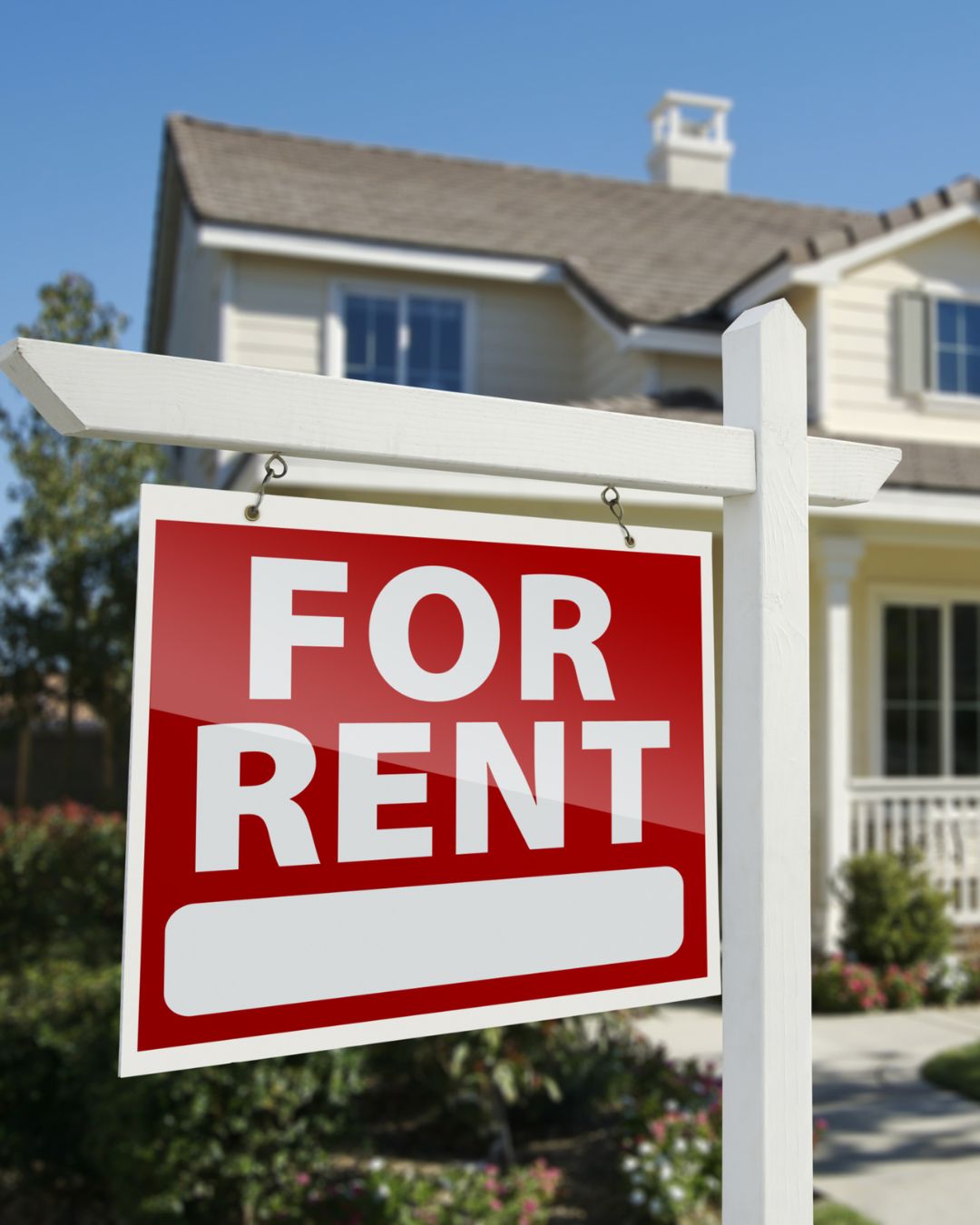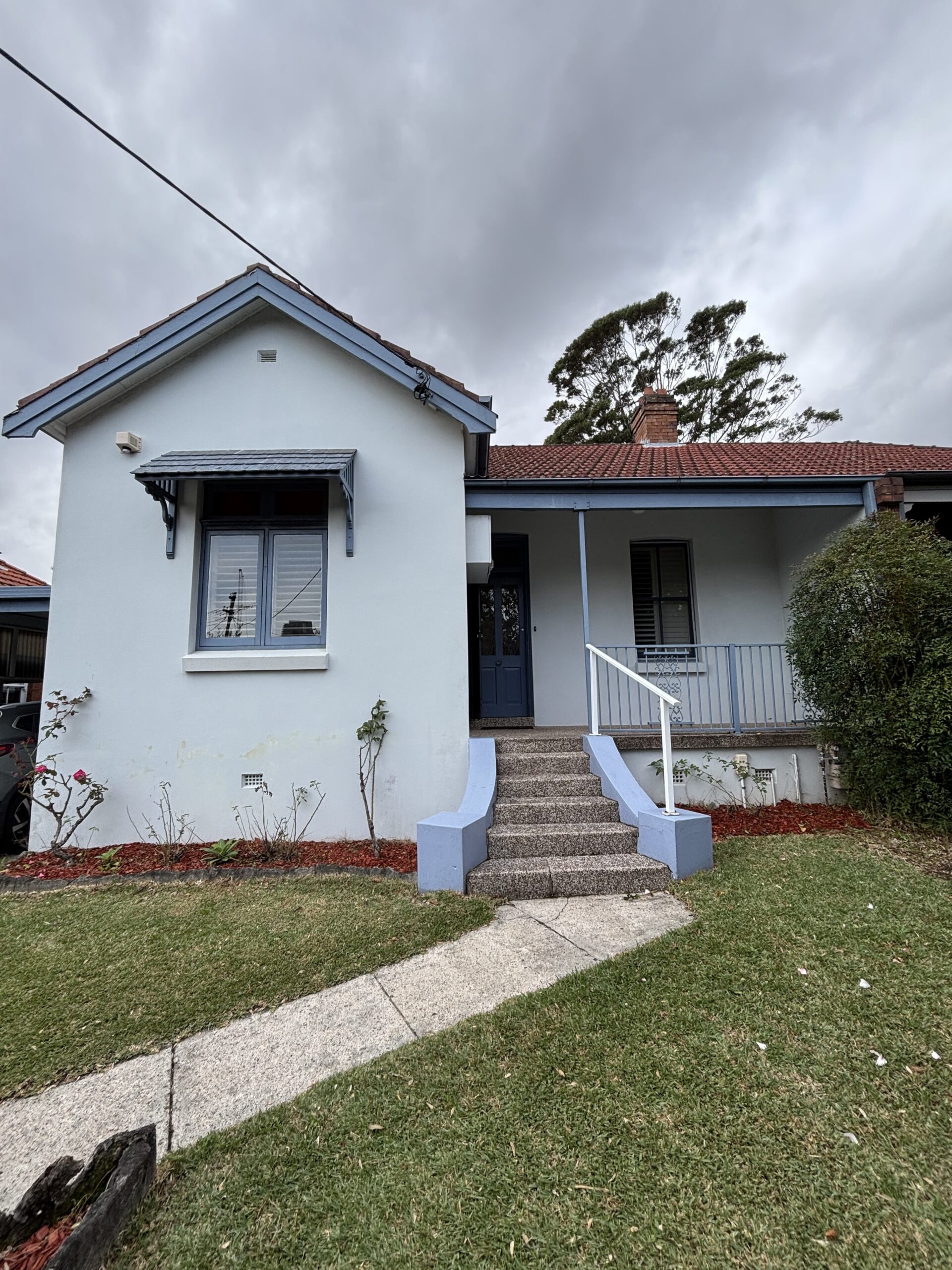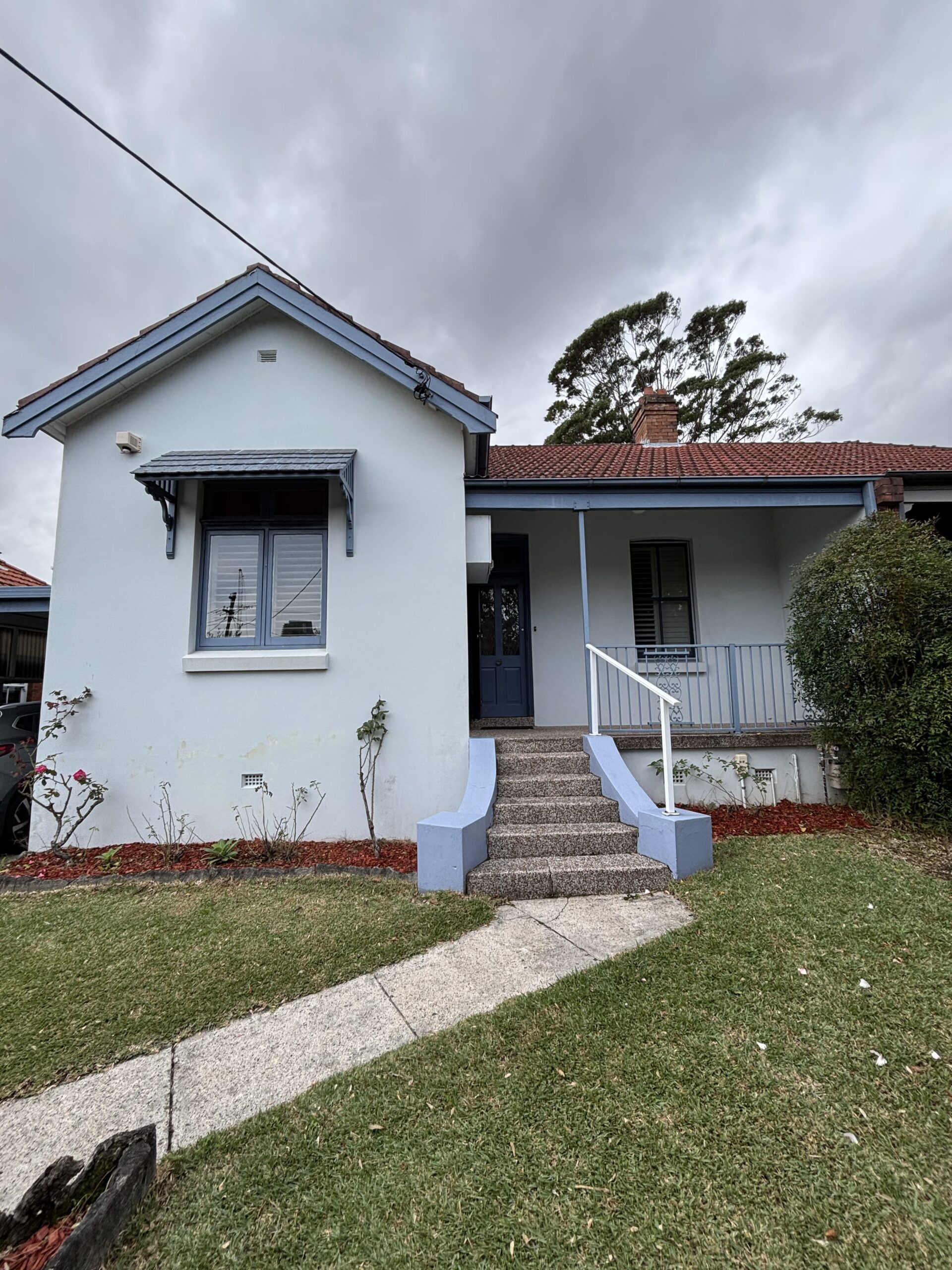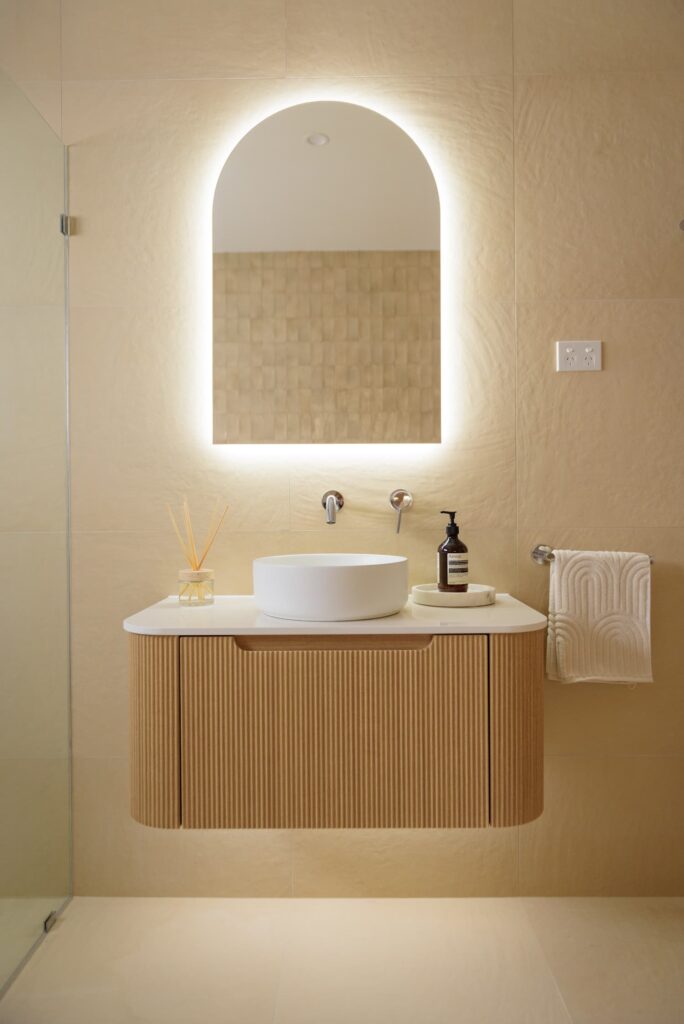
Why Renovating Matters Before Selling
In the Sydney market, the impression is that sellers don’t need to renovate to sell. Sure, you might be able to find a buyer and even in the price you want.
But have you thought about what you could be missing out on?
I’m talking about multiple six figures in additional profit, a quicker sale with your choice of buyer, and the ability to have much stronger purchasing power for your next home?
This is the true cost of NOT renovating to sell.
In this blog post, I’ll be discussing the opportunity costs Sydney homeowners may be missing out on when they sell their home – and it’s probably more than you realise.
Decreased Sale Price: Sellers are leaving money on the table
I recently remix’d this tour of a Vaucluse home that sold for $5.2 million.
What was shocking about this video was that the owners did NOTHING to prepare their home for market (or at least, it presented that way).
There was:
- No professional staging, all the homeowners personal belongings
- Personal photos were still present
- Some of its best features weren’t showcased to their full potential (great side courtyard! outdoor spaces!)
- Outdated kitchens and bathrooms
Now you might be saying… wait a minute, they sold for $5.2 million. Isn’t that an incredible result?
Yes. HOWEVER, when you consider that they COULD have sold for an additional $500,000 – 800,000, you might change your mind. (That number could actually be higher, this was a quick back of the napkin feasibility)
Think about that…
- Vaucluse is a very expensive suburb. If they wanted to buy another home in this suburb (or anywhere on the Eastern Suburbs), any extra money would be able to afford them a better property.
- Your main residence is exempt from Capital Gains Tax in Australia. Even if you don’t need the money for your next property, that is a huge financial gain that could go towards retirement, investing, upgrading your lifestyle, an incredible holiday, and so much more.
There are SO many benefits to the seller when renovating to sell. What about the buyer?
Now put yourself in the buyer’s shoes
If a buyer walked through that home, they’re likely thinking:
- Wow, I’m going to need to do some major upgrades before I move in. Can I afford that on top of my down payment, stamp duty and repayments?
- I’m having a hard time visualising how I would use this space / will my bed fit?
- This home clearly looks like x type of owner lives here (such as retired couple), but I’m a different type of buyer (like a young family), and I’m having a hard time imagining myself living here.
- If the vendor hasn’t put much effort into its presentation, have they neglected other parts of the home (like the heating & cooling, maintenance, etc)?
- That [feature] doesn’t seem valuable to me / not the best use of space / I probably wouldn’t use it.
And the worst of all… “I’m not going to buy this home” or “I guess I’ll make an offer, but only if I can get a deal.”
Can you see how all of these situations have a major impact on the perceived value of your home and ultimately the sales price?
Price difference in renovated homes
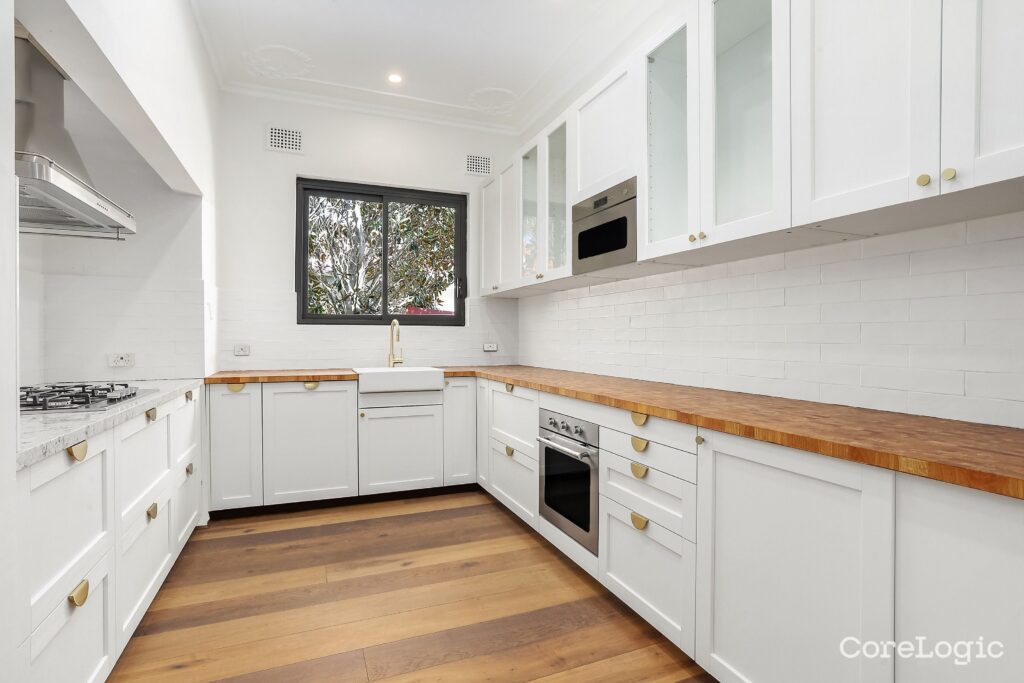
Now consider this Vaucluse home which renovated to sell and sold for $10.9 million in April.
They completed an internal renovation which included:
- New kitchen
- 2 new bathrooms
- New laundry
- Fresh paint
- Refinished timber floors
And likely a few other renovations.
To be clear – this is not a comparable sale to the one above because it’s a larger lot (same size dwelling, with the same bedroom and bathroom count however), and it has views from the front which dramatically adds value in the Sydney area.
The point is, this home was presented very well and completed modest internal renovations which resulted in a $2.9 million increase in their purchase price just over 2 years ago.
So now that we’ve seen the clear financial costs of not renovating to sell, what about some of the additional costs?
Longer Time on the Market: The Hidden Cost of Waiting
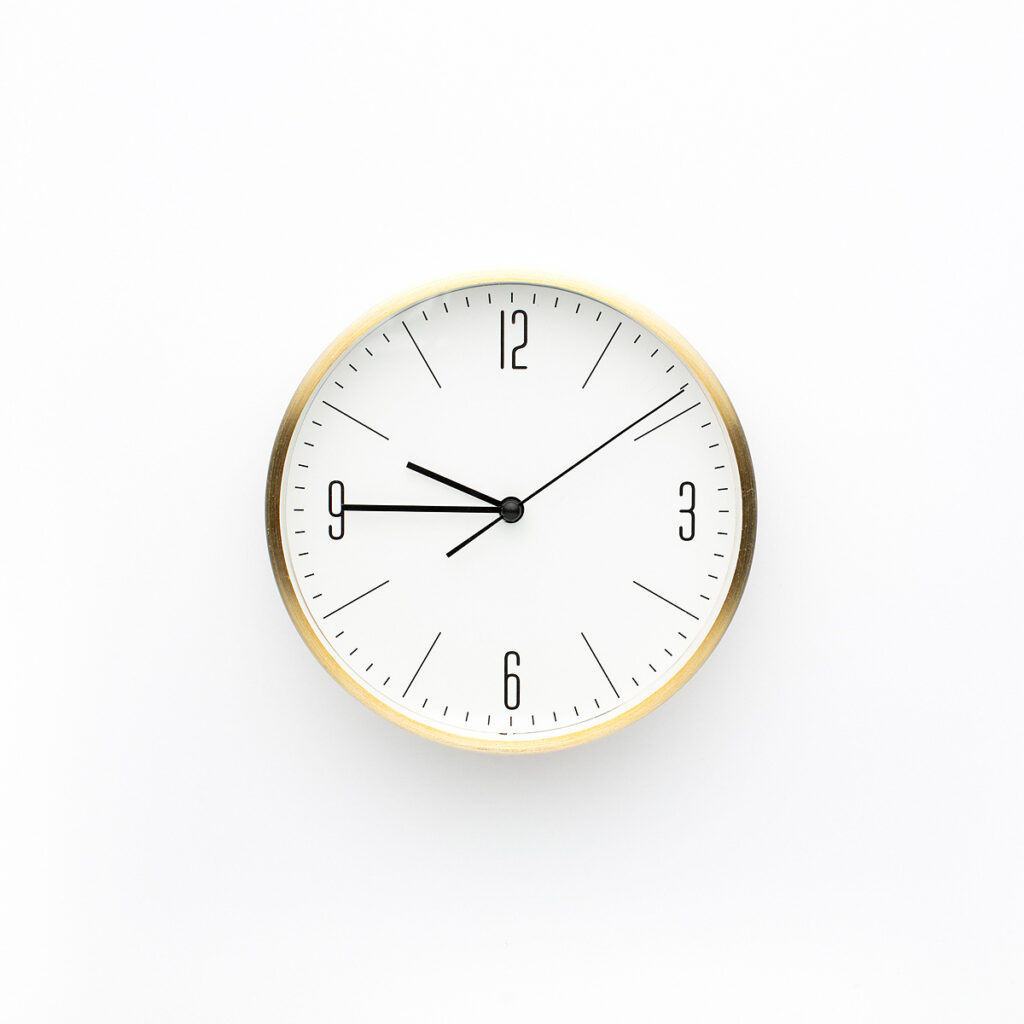
One of the most overlooked costs of selling a home is the time on market.
This could mean additional holding costs like mortgage repayments, council rates, land tax and utilities.
Other hidden financial costs related to the sales campaign could be the additional rental fees for professional styling, reshoots for the marketing campaign to attract more buyers, renewing real estate portal listings, engaging a new real estate agent with a new set of fees, etc.
For your next move, this could mean paying the costs of two properties, delaying your next move and what those implications are, or forfeiting a deposit for a property you purchased before you sold this one.
And the data is clear:
- The un-renovated property took 122 days to sell.
- The renovated property took 14 days to sell.
Considering the average days on market for houses in Vaucluse is 34 days, this should clearly illustrate that renovated properties sell faster than the market average, and un-renovated homes sell 4x as long as the market average.
Here’s what you also need to consider – the stress and emotional aspects of selling a home.
Emotional Costs: Stress of Selling an Unrenovated Home
Selling a home and moving can be one of the most stressful life events.
Not only is it changing your daily life, but of course has a major financial impact.
The longer the home is on the market, the more you prolong the stressful period. In fact, you may find it to be more stressful if you start to worry about whether your home will even sell, the price you will eventually get, and how it affects your next home.
In additional, living in a home during open for inspections is NOT fun.
Most Sydney real estate agents will hold 2 open for inspections every week, for the duration of the sales campaign.
Not only will you want to be away from the home during the open house, but you’ll also need to prepare your home for showings by cleaning, putting away any personal items, securing valuables, and restoring the styling (most styling companies won’t allow you to use provided bed linen, towels, etc.).
In addition, your real estate agent may request additional showings or access to the property for a building and pest inspection.
While open for inspections are necessary, they can feel intrusive, especially the longer they continue. Many sellers actually dread this part of the process.
So it should be a no-brainer that the ideal scenario is to sell the home in the fastest amount of time, to avoid the disruption of twice a week showings.
As I showed you before, the data clearly shows that renovated homes sell much quicker than un-renovated homes.
How YOU can sell faster and for more money

Now that it’s clear that renovating to sell has major benefits, let me share how you can do this as stress-free and profitable as possible. Start as early as possible – this will give you more flexibility and options on what will profit you the most money.
Step 1: Market Research
Go to realestate.com.au or Domain and search for SOLD listings in the your suburb.
You will also want to adjust filters like:
- type of property
- number of bedrooms
- number of bathrooms
- car spaces (particularly if you have no parking or a certain amount of parking affects value in your area)
- block size
Be careful about filtering too much though as you might not get any results, or miss out on homes that could be comparable. I actually prefer less filters and then manually go through more listings.
Then Sort by Sold Date (Newest – Oldest). I generally like to keep it to 6 months but for unique properties, I’ll expand to 12 months. Alternatively, you could look for nearby suburbs with similar values in the last 6 months.
Go through each listing and save properties that are currently similar to yours AND others that have been renovated.
When looking for post-renovated properties, it’s important to be realistic. For example, it’s hard to compare a brand new build to a 1960’s home. Also keep in mind things that you can’t change like whether the renovated property has a view and you don’t, isn’t on a busy road like you are, or has a considerably larger lot size.
FYI, I do have a custom ChatGPT home value & renovation calculator which can do this for you – check it out here.
Step 2: Run your numbers
Now that you have your lists, start with the pre-renovated homes – hopefully the sales prices are all in a close range which is likely your current value. (If there’s no public displayed sales price you can call the listing agent and ask!)
Then look at the post-renovation values. There should also be a close range.
For both lists, if any property is wildly outside of the range, it could be worth exploring why and even giving the agent a call. There might be some non-obvious factor why it sold quite differently and might not be a good comparable sale.
Once you have a good sense of both pre-renovation & post-renovation values, look at what the difference is. You want to make sure there’s a good gap between the numbers so that renovating to sell is worth the effort and you’ll make a profit.
Step 3: Look for desirable features
If there’s a big enough gap, look at your list of post-renovated homes and see if there’s any features that you don’t currently have that keep popping up.
For example, in the Sandringham pre-sale renovation, nearly every post-renovation comparable sale had a dedicated study, outdoor kitchen and walk-in pantry.
Another property I recently looked at all had covered decks (among more obvious things like an ensuite).
Honestly, it might surprise you what features are common and what buyers are looking for.
Also take note of the condition (like which rooms are newly renovated) and popular styles.
The reason for this is that active buyers will be looking at many homes similar to yours. You want to be able to compete with them – if you’re missing a key feature, a buyer may decide not to purchase your home OR reduce their maximum purchase price to add the feature.
Step 4: Get renovation cost estimates
Once you have your list of projects (don’t forget paint & styling!), start working on estimates.
I start by asking local friends and family what they’ve recently spent, or going to local Facebook Groups and searching first for recent posts or making a post asking for recent costs.
Understand what work will require a CDC or DA (you may need to call your local council to check) as that will add time and additional fees.
I always like to add in a contingency as well – 10-15% of the total budget.
Renovation Hacks
One thing to keep in mind is that renovating to sell does NOT need to be extensive.
Here are some ideas for budget renovation hacks:
Kitchen:
- If cabinets are in good condition, replace benchtops, handles, paint or wrap in a different colour, and/or replace the doors.
- If your splashback is outdated, replace.
- Swap out dated tapware.
- Replace dated light fixtures, keeping the placement the same.
Bathroom:
- Replace the vanity or swap out the tapware and handles.
- Replace the mirror.
- Replace the lighting or consider accent lighting such as an LED mirror.
- Paint the bathroom tiles (generally best for lower priced properties).
- Replace the shower screen.
Other tips:
- Fresh paint makes every space look new.
- Update lighting and window treatments for more light throughout the day.
- Get flooring professional deep cleaned or consider replacing.
- Curb appeal is important for first impressions. Ideally, buyers should be able to see the front door from the street. Landscaping doesn’t need to be major – just a light clean up may suffice.
- Professional staging can make a home look and feel a lot more expensive.
Check your numbers
Now that you’ve figured out your renovation budget, double check with the difference between the pre- and post-renovation value.
When renovating to sell, you want to ensure there’s a profit and that you think it’s worth the time and effort. For example, for some people that might be an extra $100,000, and for others that might be $500,000+.
Engage a builder for all work – don’t manage the trades yourself!
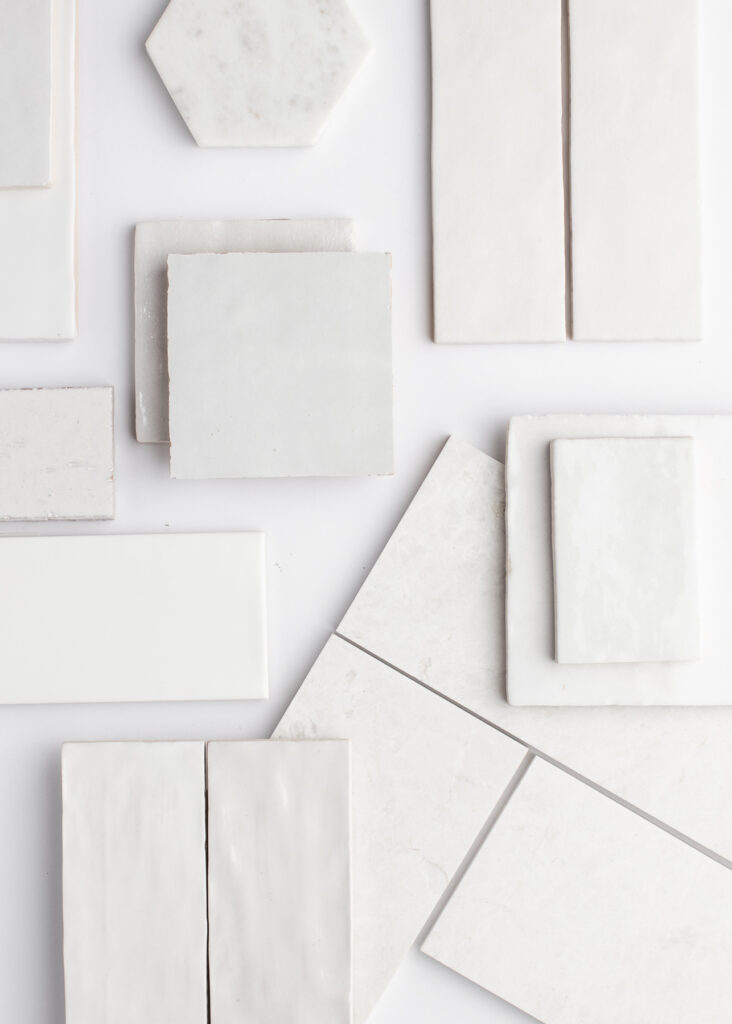
In NSW, a licensed builder is required for all work over $5000. You may have also heard the term owner-builder, which doesn’t apply since you’ll be selling after the work is finished.
So it’s very likely you’ll need a licensed builder. It’s actually a good thing – they’ll oversee all the projects, make sure everything is done to code and in the right order, and save you a lot of stress / time off work, etc.
Final Thoughts: Renovation as an Investment, Not a Cost
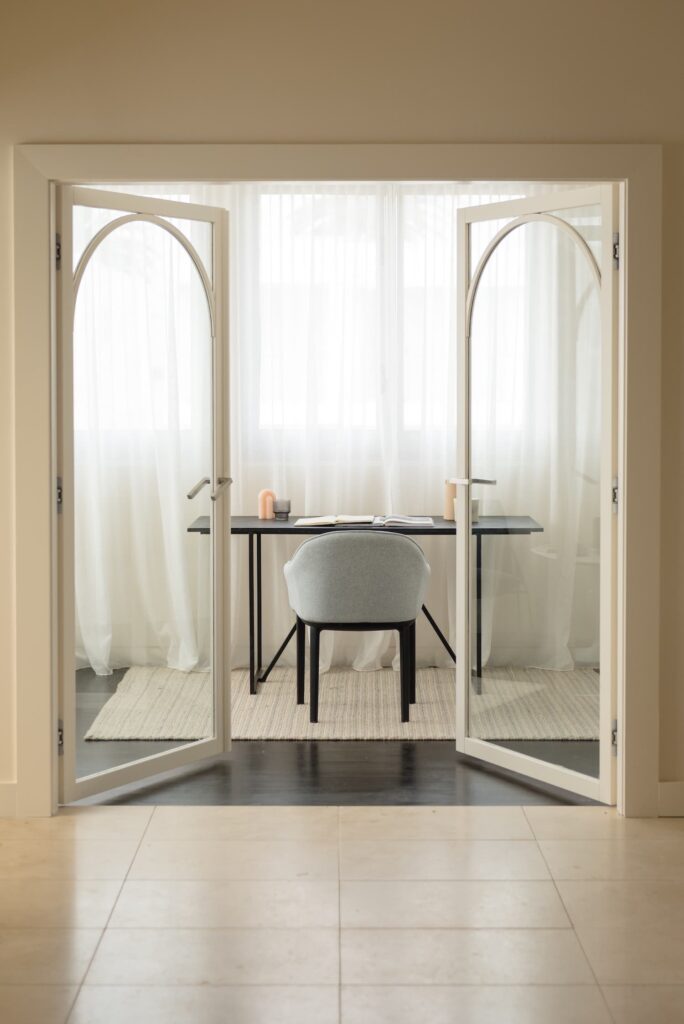
Renovating to sell isn’t just about spending money – it’s an investment that pays off in terms of a higher sale price, faster sale, and less stress.
Often times, the true cost of not renovating can be far higher than the cost of the renovations themselves. (Just take the Vaucluse examples – one of many I could show you!)
With some market research and enough time before selling, you might actually find an extra 6 or 7 figures you could add to your sale price and achieve an easier sale.
If you want my help exploring whether renovating to sell will work for you, the first step is to schedule a consultation here.
